5 Best Ribbon Mics for Natural and Warm Sound in 2023
Are you tired of the cold, clinical sound of modern condenser microphones? Do you crave that vintage warmth and smoothness that only ribbon mics can provide? Look no further! In this blog post, we will introduce you to the 5 best ribbon microphones on the market today.
We’ve put our ears through hours of listening before narrowing it down to these 5 best ribbon mics that will make your every penny worthwhile. From the most famous ribbon mic to the ribbon mic with the best sound quality, we’ve got you covered.
And don’t worry about breaking the bank, because we’ve also included the most value-for-money ribbon mic and the most affordable ribbon mic that still delivers that lifelike, natural sound.
So sit back and get ready to unravel the silky smooth sounds of the ‘ribbon mic’ as we take a deep dive into our list of the 5 best ribbon mics out there.
Table of Contents
What are the 5 Best Ribbon Mics in 2023?
Here is the list of the 5 best ribbon microphones out there today:
1. Royer R-121 – Most Famous Ribbon Microphone of All Time
Why would you want this ribbon mic?
You have too much money and don’t know what to spend it on (just kidding). You want a timeless and iconic ribbon microphone that can last for ages.
Product Info
- Polar pattern: Figure-8
- Circuit Type: Passive ribbon
- Power requirements: N/A
- Frequency Response: 30 Hz to 15,000 Hz
- Sensitivity: -47 dBV/Pa (4.47 mV/Pa) @1kHz
- Max SPL: 135 dB
- Output Connection: XLR, 3-pin, male
- Weight: 8.6oz (244g)
- Accessories: Protective wooden case, mic sock
Pros
Cons

Royer R-121
2. Beyerdynamic M 160 – Best Ribbon Mic for a Full, Rich Sound
Why would you want this ribbon mic?
You want a ribbon microphone with strong, dark low tones as well as bright and detailed high ends, giving you a rich sound.
Product Info
- Polar pattern: Hypercardioid
- Circuit Type: Passive double ribbon
- Power requirements: N/A
- Frequency Response: 40 Hz to 18,000 Hz
- Sensitivity: -60 dBV/Pa (1 mV/Pa) @1kHz
- Output Connection: XLR, 3-pin, male
- Weight: 156g
- Accessories: Mic clamp with 5/8 to 3/8 inch adapter, storage pouch
Pros
Cons

Beyerdynamic M 160





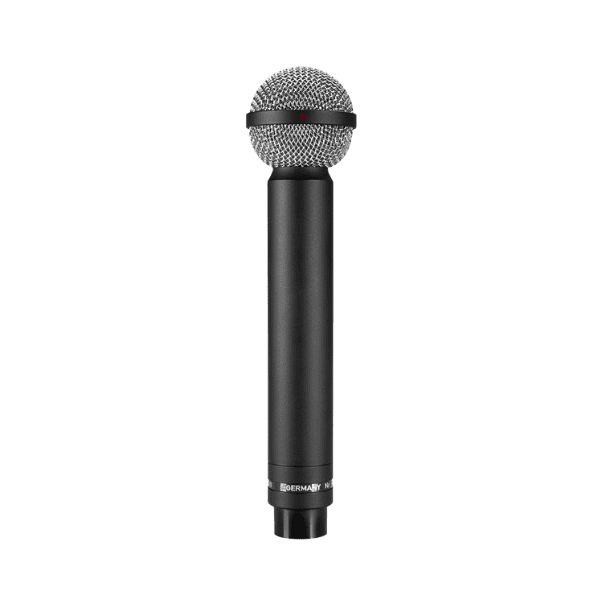
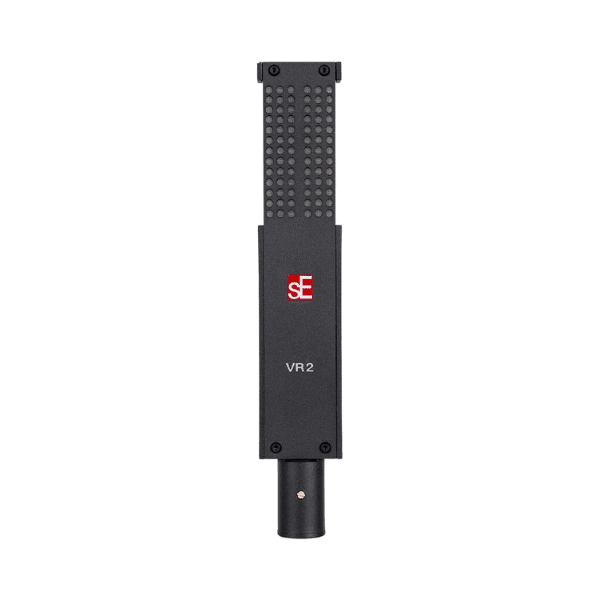
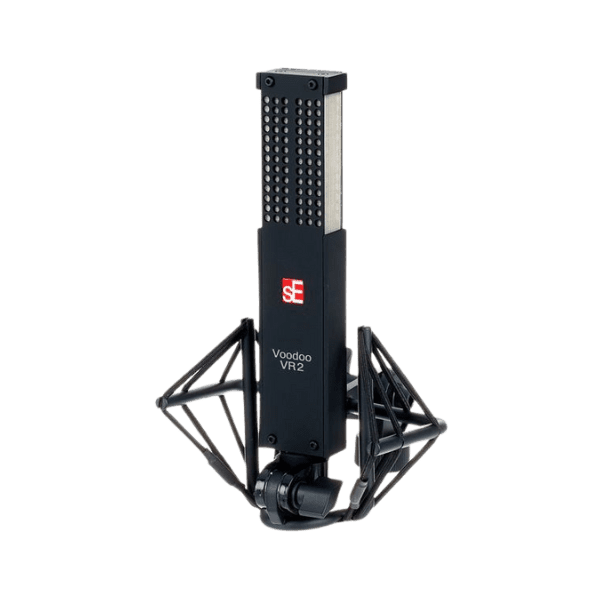


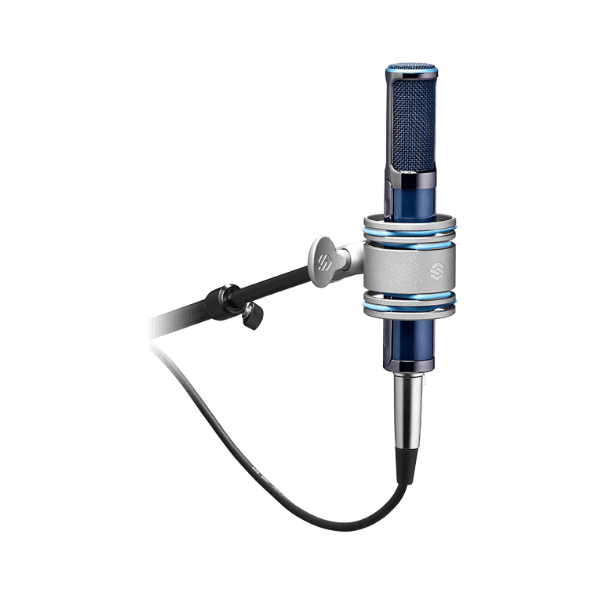
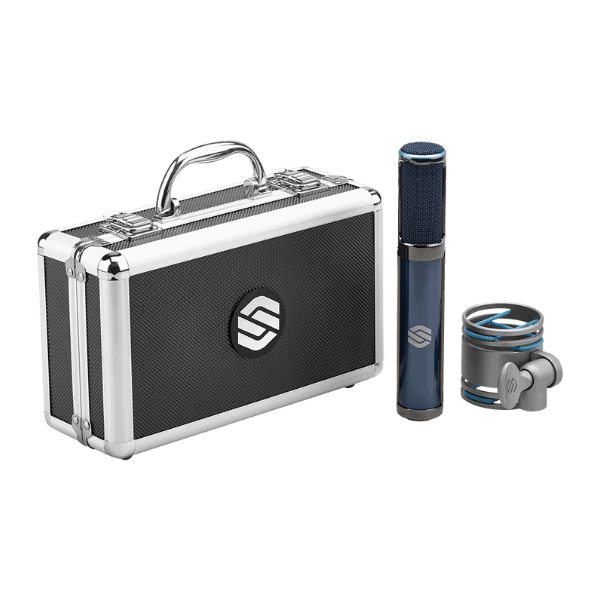


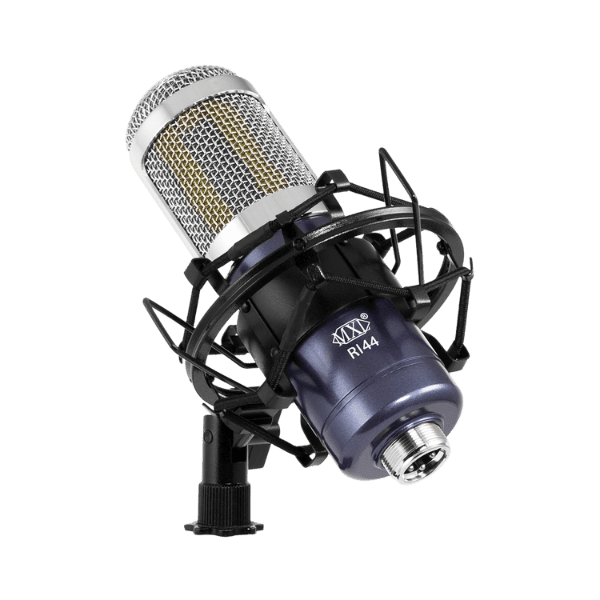


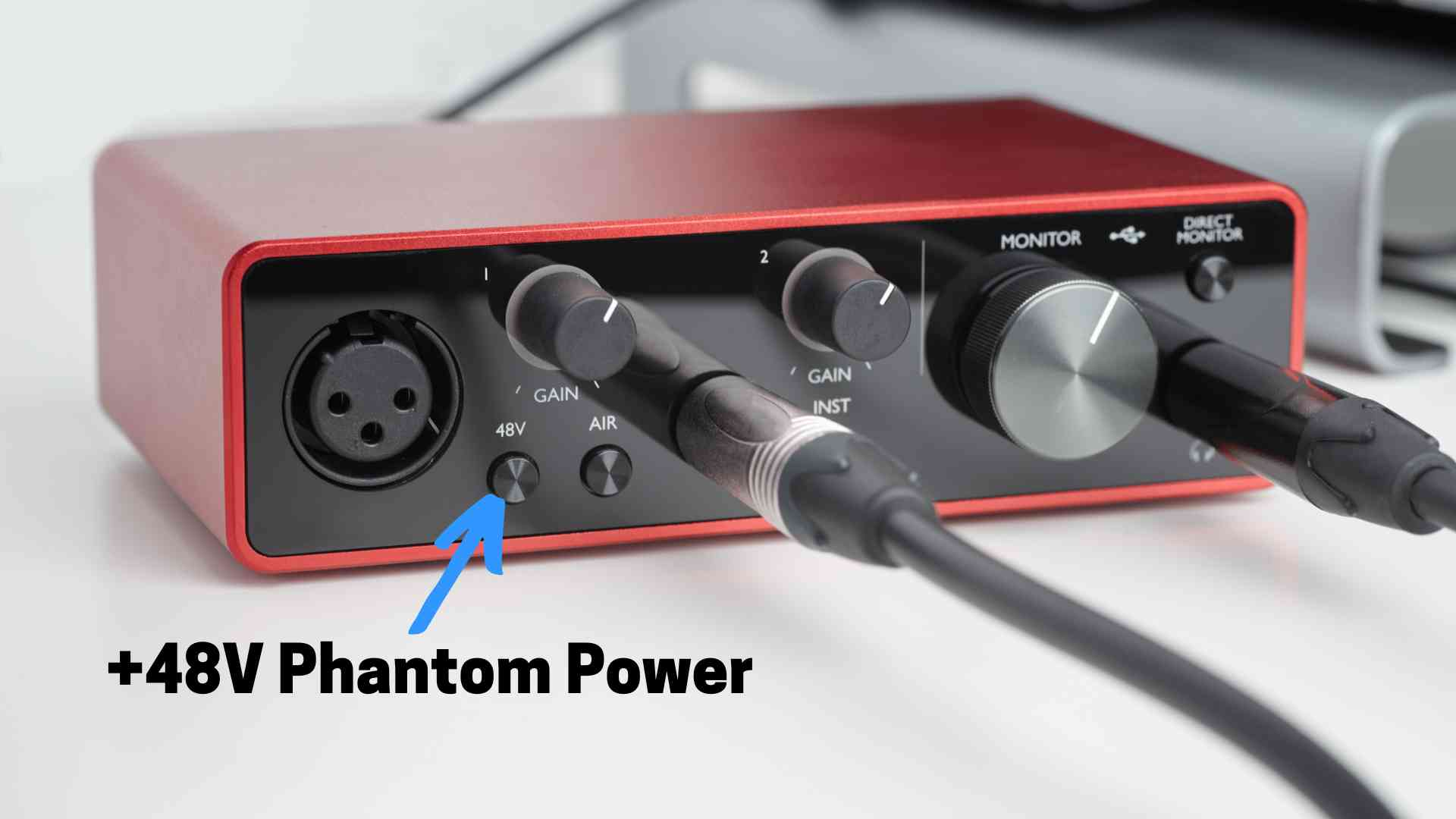





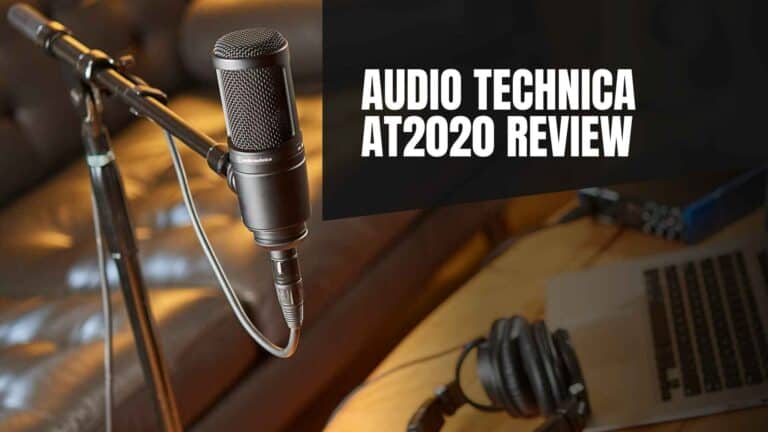
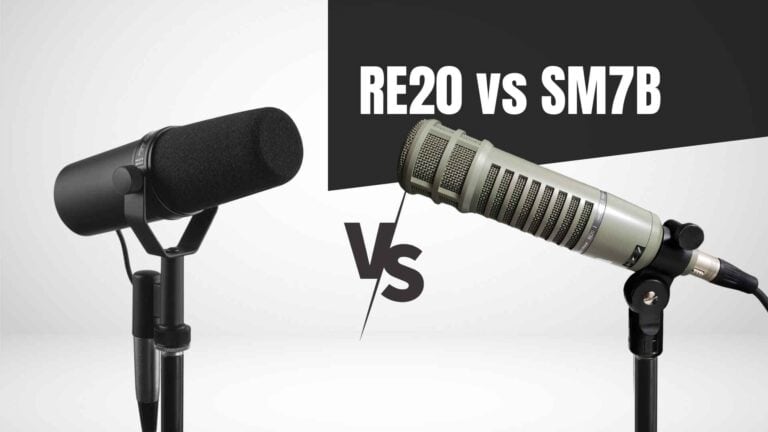

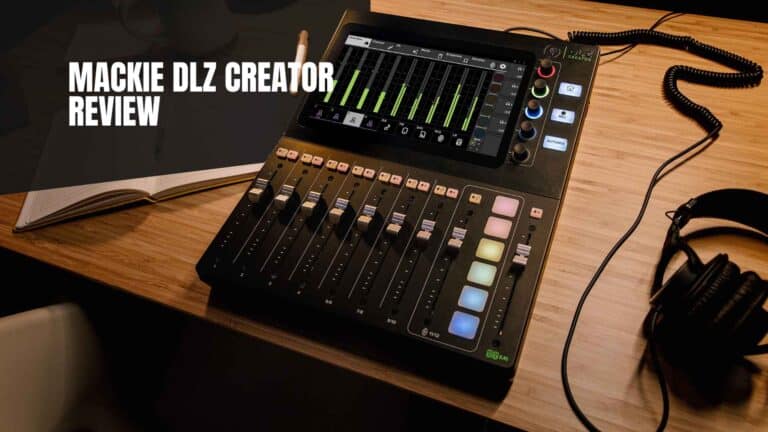
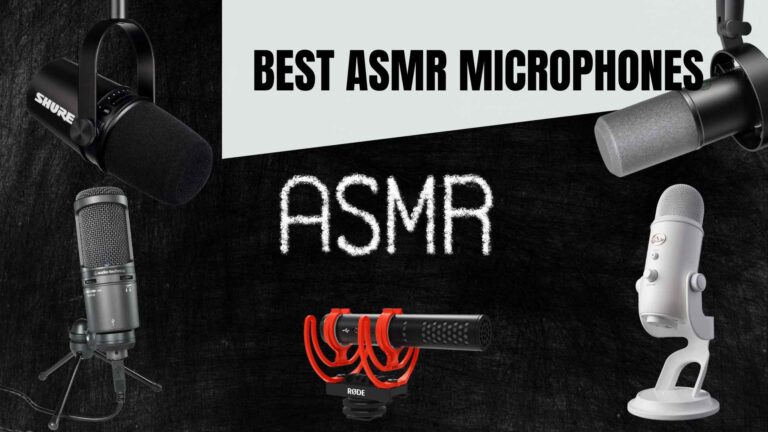

This is a great and well-researched article! I liked that you gave options for high-quality ribbon mics as well as more budget friendly options. Yea…I really love the sound of ribbon microphones but they’re just so dang expensive like that Royer mic! But I think the Sterling ST170 sounds like a really good value for money option that I might consider in the future!
Really appreciate your kind words! True that ribbon mics are pretty expensives, many cost $500 and above, so I thought I’d share some more budget options that sound great too and the Sterling ST170 is definitely a great choice to get your feet wet on ribbon mics!